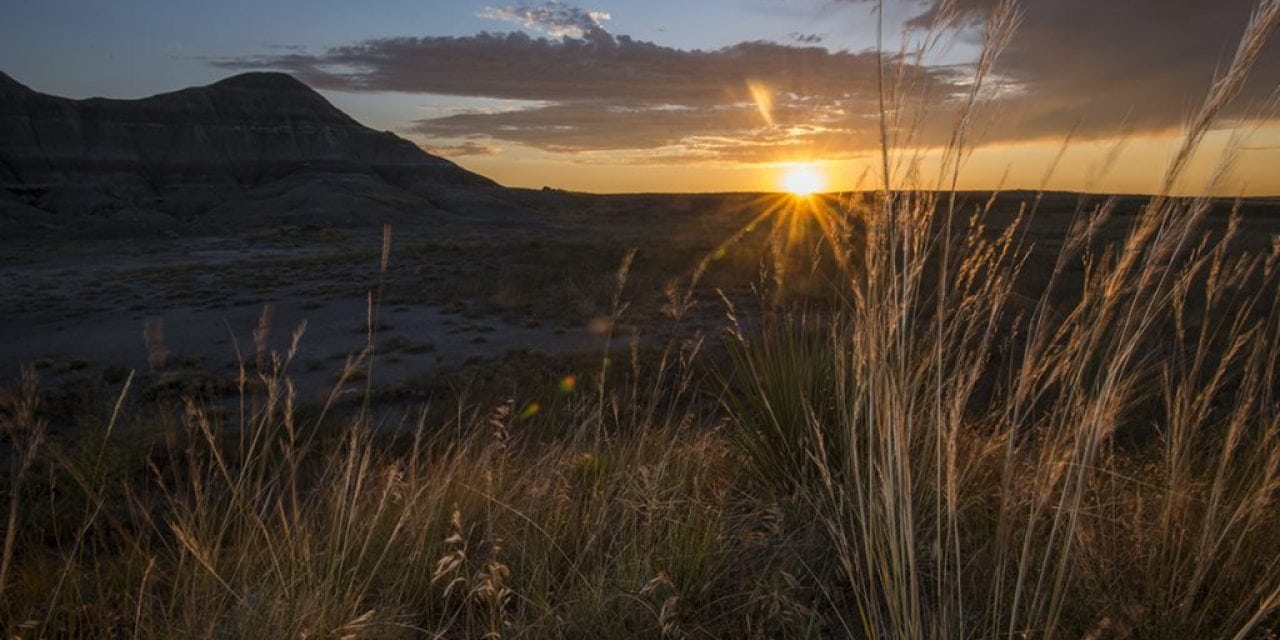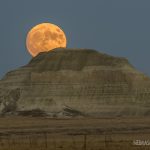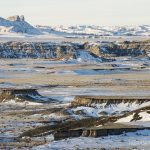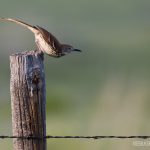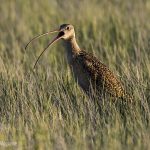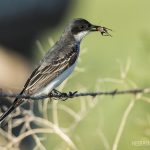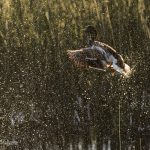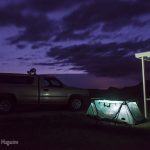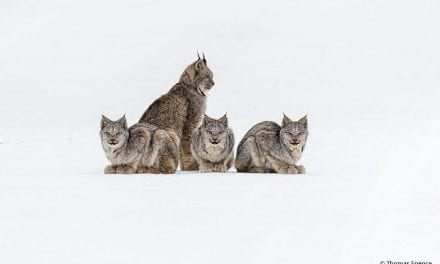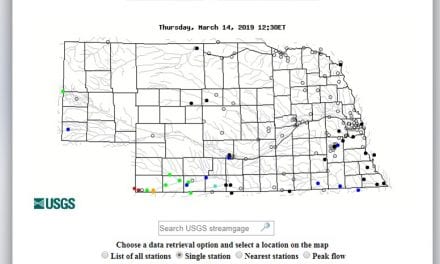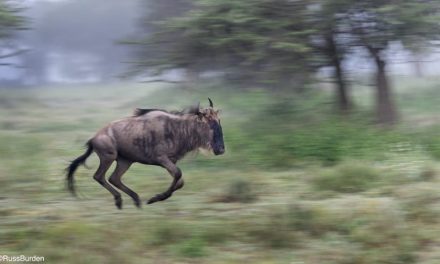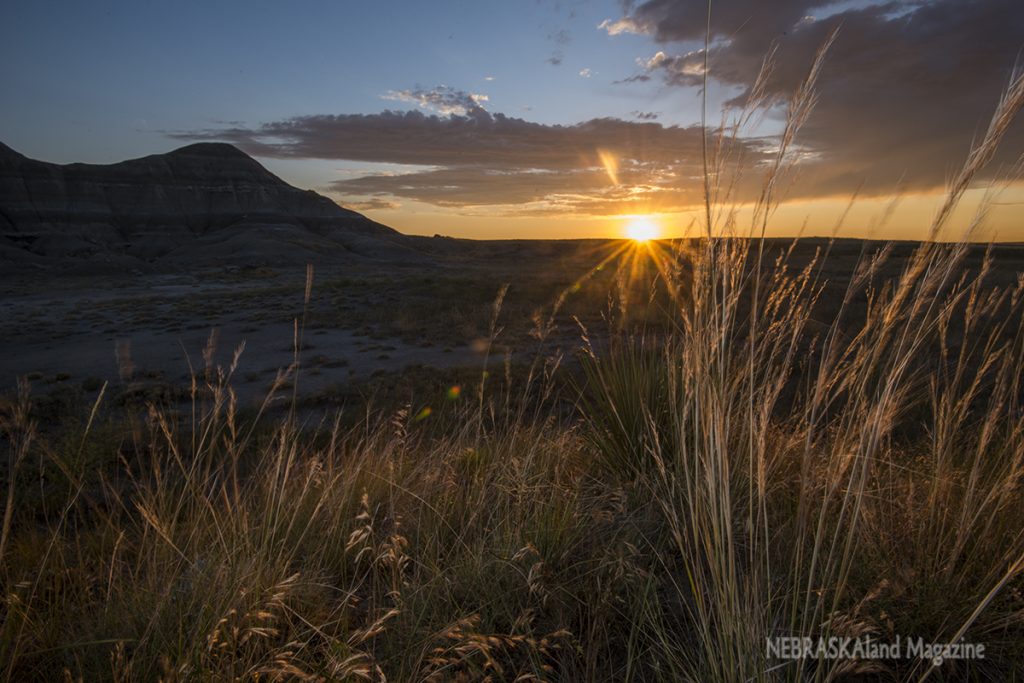
In the May issue of NEBRASKAland Magazine, you will find a story and photos about one of my favorite places in the Panhandle – an area that might sometimes be overshadowed by its neighbor.
The Oglala Grassland is a region in northern Dawes and Sioux counties that borders Nebraska’s stunning Pine Ridge and the South Dakota border. The region is designated one of the Panhandle’s 11 designated biologically unique landscapes in the Natural Legacy Project – the state’s wildlife action plan. At more than 1,000 square miles, the Oglala Grassland is one of the largest intact grasslands in Nebraska. One especially great feature of the area is that 94,480 acres of this landscape is open to public as the Oglala National Grassland managed by the U.S. Forest Service.
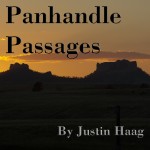 As a photographer, I have grown to appreciate this special place and find myself attracted to it. A land mostly void of trees, the region is a mix of grasslands and badlands with the occasional prominent landform rising above them. Whether it is the unique moon-like surface at Toadstool Geologic Park, beautiful wildflowers such as gumbo lilies, or wildlife such as long-billed curlews and pronghorn, I’ve never taken a trip to the Oglala Grassland in which I didn’t come back with a few keeper photos.
As a photographer, I have grown to appreciate this special place and find myself attracted to it. A land mostly void of trees, the region is a mix of grasslands and badlands with the occasional prominent landform rising above them. Whether it is the unique moon-like surface at Toadstool Geologic Park, beautiful wildflowers such as gumbo lilies, or wildlife such as long-billed curlews and pronghorn, I’ve never taken a trip to the Oglala Grassland in which I didn’t come back with a few keeper photos.
The Oglala is one of 20 such national grasslands in the United States. Born out of the Great Depression and Dust Bowl, lands on the High Plains east of Rocky Mountains were purchased by the federal government at above market value to help struggling farmers and ranchers and to reclaim landscapes damaged by agriculture practices of the area. The lands are leased to ranchers for grazing, but have many recreational uses, too. The Oglala National Grassland adjoins South Dakota’s Buffalo Gap National Grassland, which is almost 600,000 acres.
Tim Buskirk, ranger for the Pine Ridge District of U.S. Forest Service, deserves thanks for helping me develop the text for the magazine spread.
Buskirk said the reasons to visit the region are diverse and plentiful.
“The different things you can see in a short amount of time makes it really worth visiting,” he said. “You don’t see what all is there when you’re just going down the highway.”
Toadstool Geologic Park is the most popular attraction on the grassland and it seems to always get prominent mention in state tourism publications. Many also visit the Hudson-Meng Educational and Research Center, an enclosed fossil dig of 600 prehistoric bison.
While other recreational activities such as hiking and biking are gaining popularity, Buskirk notes that, besides grazing, pronghorn hunting is still probably the most popular activity on the Oglala. After all, the area contains the largest expanse of public land in pronghorn habitat and provides great opportunities for hunters who like to spot and stalk. Nebraska Game and Parks Commission surveys show an average of five antelope per square mile in the region.
Those who want to explore the grassland are encouraged to visit the U.S. Forest Service Office on north Main Street in Chadron to pick up a Motor Vehicle Use Map – or to download the map to your mobile devices through the Avenza app.
I hope you enjoy the photo spread and essay, and this personal account of my nighttime experiences at Toadstool Park, in the magazine. It can be found at retailers throughout the state and online at NEBRASKAlandMagazine.com.
Photos of this area always seem to look good in print.
Here’s a collection of some of the many images that didn’t make the cut for print:
The post Grassland tribute appeared first on NEBRASKALand Magazine.

